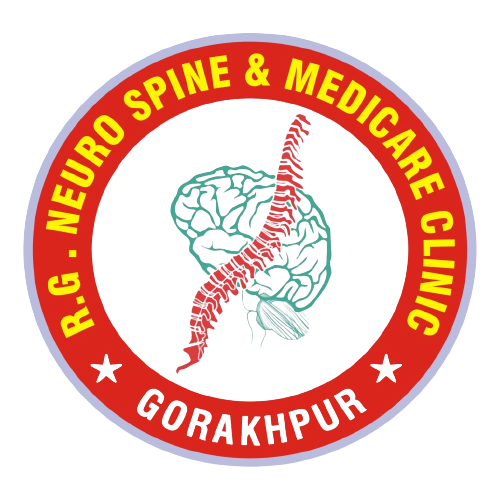Lumbar Disc Sicatica
Causes
The most common cause of sciatica is a disc herniation in the lumbar spine. The most common levels in the spine where disc herniations occur, is between the 4th and 5th lumbar vertebrae (L4-5) or between the 5th vertebra and the sacrum (L5-S1). Herniations occur less often at higher levels in the lumbar spine.
Symptoms
Sciatica pain can be almost anywhere along the nerve pathway. It’s especially likely to follow a path from the low back to the buttock and the back of a thigh and calf.
The pain can vary from a mild ache to a sharp, burning pain. Sometimes it can feel like a jolt or electric shock. It can be worse when coughing or sneezing or sitting a long time. Usually, sciatica affects only one side of the body.
Some people also have numbness, tingling or muscle weakness in the leg or foot. One part of the leg can be in pain, while another part can feel numb.
Treatment
Medications
The types of drugs that might be used to treat sciatica pain include:
- Anti-inflammatories
- Corticosteroids
- Antidepressants
- Anti-seizure medications
- Opioids
Physical therapy
Once the pain improves, a health care provider can design a program to help prevent future injuries. This typically includes exercises to correct posture, strengthen the core and improve range of motion.
Steroid injections
In some cases, a shot of a corticosteroid medication into the area around the nerve root that’s causing pain can help. Often, one injection helps reduce pain. Up to three can be given in one year.
Surgery
Surgeons can remove the bone spur or the portion of the herniated disk that’s pressing on the nerve. But surgery is usually done only when sciatica causes severe weakness, loss of bowel or bladder control, or pain that doesn’t improve with other treatments.
Diagnosis
- X-ray. An X-ray of the spine may reveal an overgrowth of bone that can be pressing on a nerve.
- MRI. This procedure uses a powerful magnet and radio waves to produce cross-sectional images of the back. An MRI produces detailed images of bone and soft tissues, so herniated disks and pinched nerves show on the scan.
- CT scan. Having a CT scan might involve having a dye injected into the spinal canal before the X-rays are taken (CT myelogram). The dye then moves around the spinal cord and spinal nerves, making them easier to see on the images.
- Electromyography (EMG). This test measures the electrical impulses produced by the nerves and the responses of the muscles. This test can confirm how severe a nerve root injury is.

